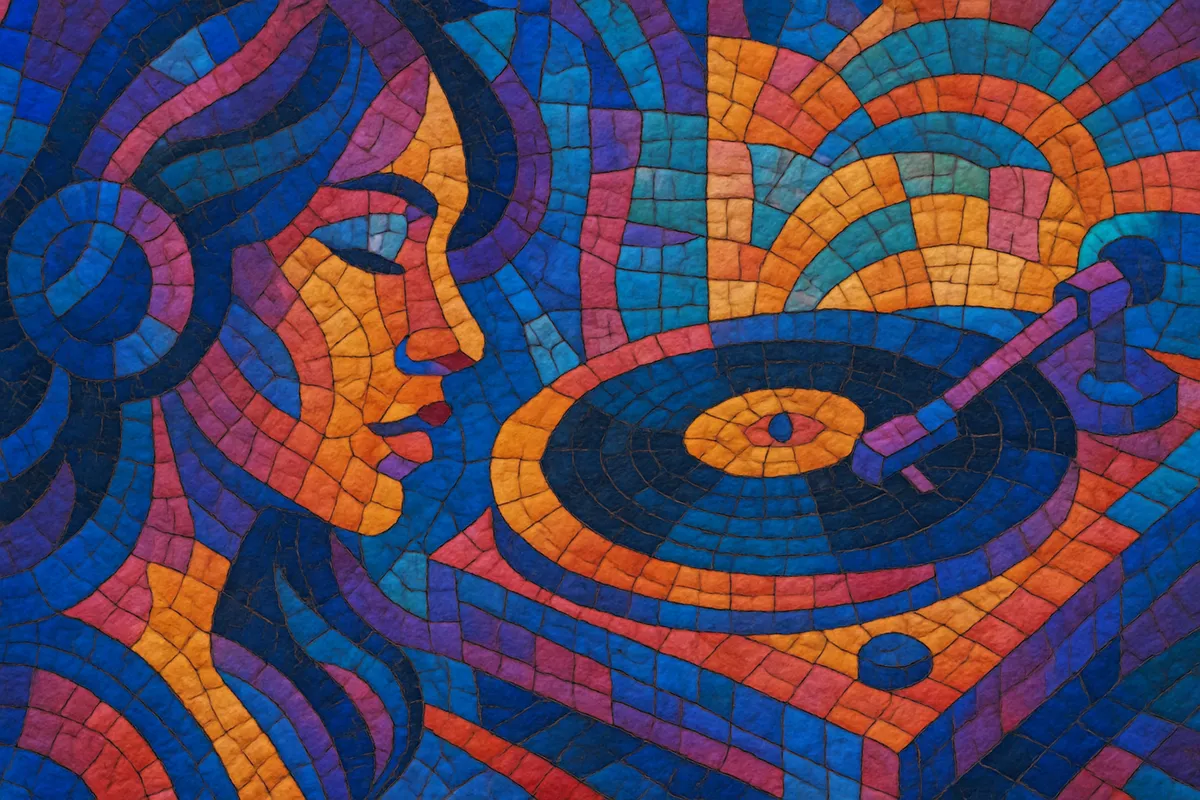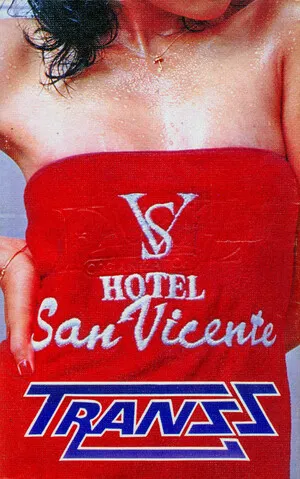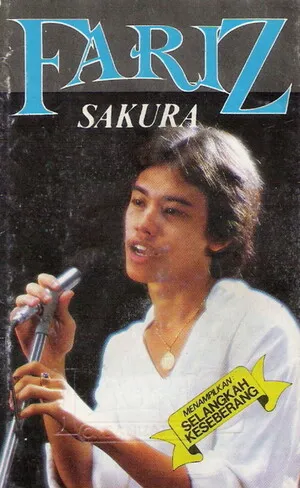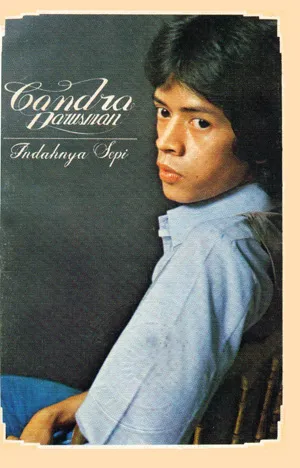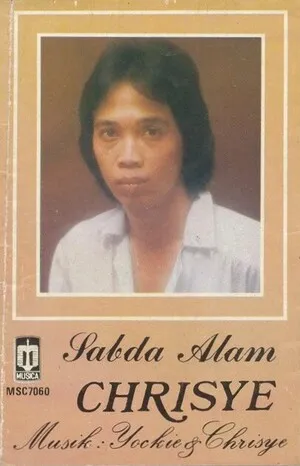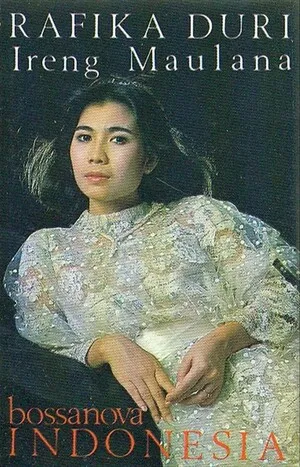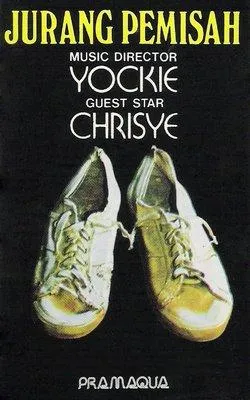Pop kreatif is an Indonesian movement of sophisticated, studio-driven pop that blossomed in the 1980s. It blends Western jazz-fusion, funk, AOR/soft rock, disco, synth-pop, and new wave textures with Indonesian melodic sensibilities and highly crafted arrangements.
Characterized by polished production, lush chord extensions (maj7, add9, 11), tasteful modulations, and tight rhythm-section interplay, pop kreatif foregrounds arranger-composers and session players as much as star vocalists. Its songs often evoke urban life, romance, and metropolitan polish, pairing smooth vocal delivery with DX7/Rhodes keyboards, chorus-laden guitars, string or horn sections, and syncopated funk/disco grooves.
The result is a distinctly Indonesian “creative pop” that sits at the crossroads of artful songwriting and mainstream accessibility, comparable in spirit to Japan’s city pop while retaining its own idiomatic flair.
The seeds of pop kreatif were planted in the late 1970s as Indonesian pop artists and arrangers pursued more ambitious studio craft. Landmark recordings—such as the soundtrack and studio collaborations around Badai Pasti Berlalu (1977)—demonstrated how sophisticated harmony, orchestration, and meticulous production could sit within a pop framework. Radio contests like Prambors’ Lomba Cipta Lagu Remaja (LCLR) helped spotlight composer-arrangers and vocalists who favored refined songwriting and modern studio sheen.
By the early to mid-1980s, pop kreatif had crystallized as a recognizable direction: urbane, jazzy, groove-conscious, and heavily arranged. Artists and producers embraced electric pianos (Rhodes), Yamaha DX7, analog and early digital synths, fretless or funky electric bass, tight drums, horn/ string charts, and sophisticated chord changes. The scene paralleled, but was distinct from, Japan’s city pop—sharing cosmopolitan themes and studio polish while reflecting Jakarta’s band/arranger culture and Indonesian melodic phrasing.
As the industry expanded, elements of pop kreatif permeated mainstream Indonesian pop and adult contemporary styles. While new waves—band-centric pop-rock, teen pop, and later R&B—entered the charts in the 1990s, the pop kreatif ethos of elegant harmony and high-end production continued to inform arrangers, television orchestras, and session players.
Digital reissues, archival initiatives, and online discovery rekindled interest in 1980s Indonesian studio pop. Contemporary Indonesian pop, jazz-pop, and R&B acts frequently nod to pop kreatif’s chords, grooves, and textures. DJs and collectors have also drawn global attention to the era, positioning pop kreatif alongside other Asian 1980s studio-pop traditions in modern listening and sampling culture.

